
About “Rokkoyo” Japanese Six Ancient Kilns
Written by Team MUSUBI
History of the Japanese ceramic industry has carried for a long time dating back as far as B.C. While at times learning techniques from the continent, it has developed its own unique style and aesthetics over time.
Among them, the six production areas known as the “Rokkoyo” ––six ancient kilns of Japan are kilns of great historical value that have maintained their techniques and styles for more than 1,000 years, right up to the present day.
Rokkoyo ceramics, with their rustic and simple texture, embody the beauty of Wabi Sabi and are loved by many tea masters, making them an essential part of Japanese culture. Knowing these things will deepen your understanding of Japanese aesthetics.
In this issue, we will introduce the characteristics and attractions of the Rokkoyo kilns and the ancient ceramics of each region.
tables of contents
What About "Rokkoyo"?

Shiga Prefecture's Shigaraki, Aichi Prefecture's Seto and Tokoname, Okayama Prefecture's Bizen, Hyogo Prefecture's Tanba, and Fukui Prefecture's Echizen have each been designated as one of the six production areas, and all of them continue to produce pottery using locally mined materials.
With the exception of Seto Ware, which was created in the style of Japan's first glazed pottery, the remaining five kilns are characterized by their unglazed, Yaki-Shime (high-fired) pottery, and are still fired at a high temperature of 1,300°C (2372°F) using a climbing kiln, making them one of the most valuable historical sites of pottery production in the world.
Shigaraki Ware
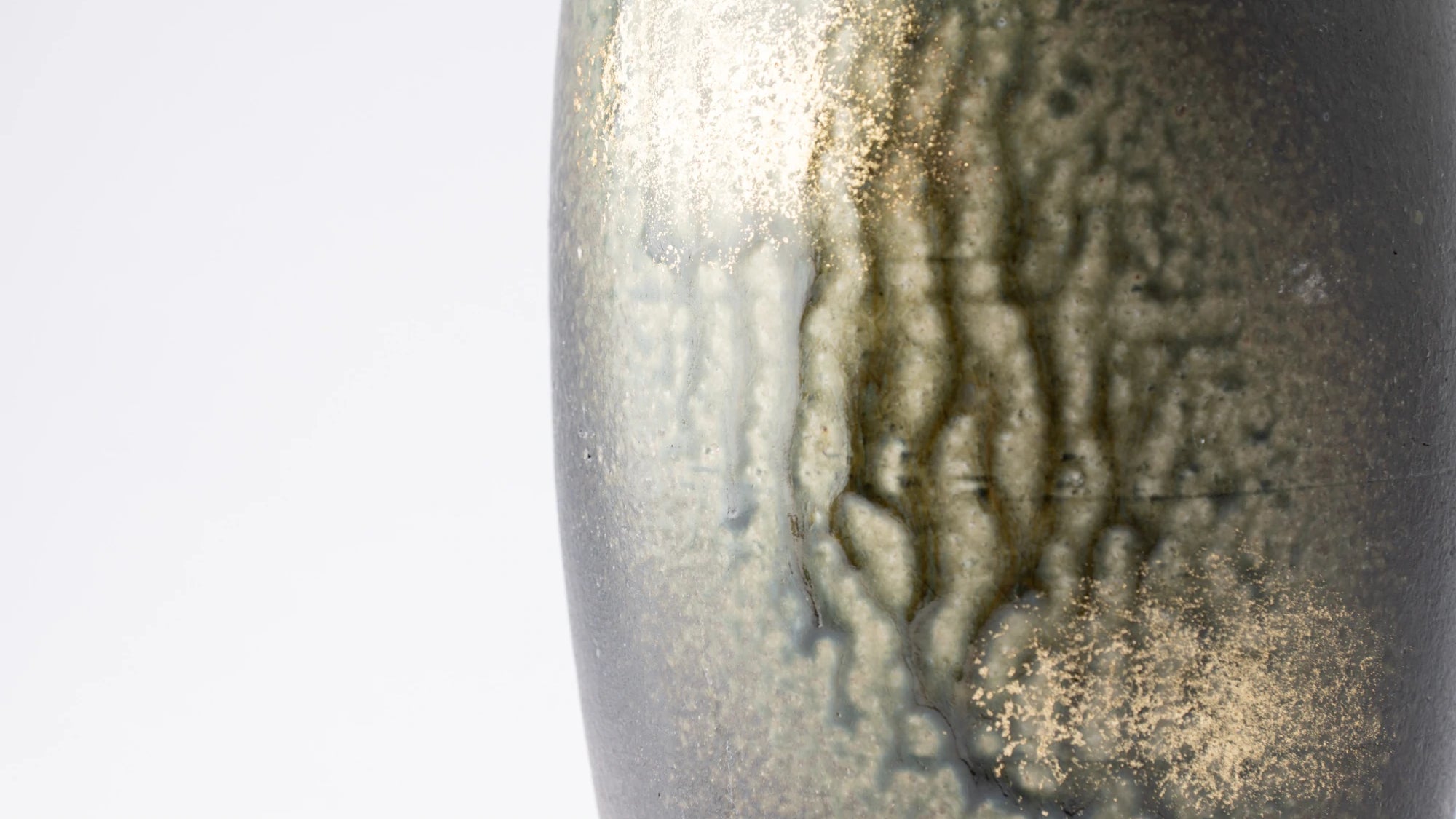
Shigaraki ware is a stoneware produced in Shiga Prefecture, a product of the ceramics industry area that was opened around the end of the 13th century.
Ko-shigaraki (old Shigaraki Ware) is characterized by its rough clay and natural ash glaze, which is like the soil, and is a very simple “Yaki-Shime” (unglazed high-fired) style stoneware that was especially loved in the Wabi-Cha (Wabi styled tea ceremony) developed in the 16th century.
The high viscosity of Shigaraki Ware clay also makes it suitable for making large-sized vases and flower vases. It is not limited to Japanese-style rooms, but fits in with any style of interior, making it a wonderful accent for both authentic tea rooms and modern rooms.
Seto Ware

Seto Ware was born from the techniques of the Sanage Kilns, a large group of ancient kilns that operated in the area around present-day Aichi Prefecture during the Nara Period (710-784).
The Sanage Kilns were the first ancient kilns in Japan to produce glazed pottery, and the abundance of white clay and glaze materials in the area surrounding Aichi Prefecture made it a suitable production area for glazed potteries.
Today, Seto Ware is famous as porcelain for daily use, but before the production of porcelain began in Japan, Ko-Seto (old Seto) was characterized by glazed pottery, and also by simple but gorgeous styles, such as Buddhist vases decorated with seal flowers , with colored glazes.
It is said that "there is nothing that cannot be made in Seto" due to the efforts and high techniques of ancestors, and a wide variety of ceramics are produced, including not only Japanese and Western tableware, but also architectural ceramics, insulators, and fine ceramics.
Tokoname Ware

Tokoname ware is also originated from the Sanage Kiln, which has the same roots as Seto Ware. Formarly Tokoname was the largest production area among the Rokkoyo, and was built up by potters who were highly skilled in potter's wheel.
Unlike Seto Ware, which was glazed pottery based on relatively white clay, Tokoname Ware is unglazed earthenware made from red clay called “Shudei", and is characterized by its fine clay quality, smoothest like porcelain clay.
It is said that the iron oxide content in the Tokoname clay mellows out the tannin and bitterness of tea, and it has come to be known as one of the best Sencha tea ceremony utensils in Japan. Today, the Tokoname Ware teapot technique is designated as one of the country's important intangible cultural assets.
If you actually touch a Tokoname teaware, you will be amazed at the fitting of the lid and the fine detailing. As a representative production center for tea utensils, the high quality standards demanded by the entire production area shows.
Bizen Ware

Bizen Ware is the descendant of “Sueki", a type of hard, blue-gray shaded earthenware produced in the 7th century.
Traditional Bizen Ware is an unglazed, Yaki-shime (unglazed high-fired) stoneware made in a climbing kiln at high temperatures over a long period of time such as three days to one week, and its tea bowls in particular, along with Shigaraki Ware, were beloved in the Wabi-cha (Wabi styled tea ceremony) tradition.
The kiln is famous for its bold and warm style, with a pattern called "Yo-hen," which is produced naturally by the fire inside the kiln. Bizen Ware is similar in style to Shigaraki Ware, but the difference is that Bizen Ware has a finer clay surface.
Tamba Ware

Even today, the old Tamba kilns use a kicking potter's wheel, which is turned by kicking with the feet instead of an electric wheel, and the direction of rotation of the wheel is to the left, unlike in other regions.
Since the Edo period (1603-1868), glazed ceramics have been studied in the kiln, and the "Mingei" movement (folk art movement) influenced by the Arts and Crafts in England, was also highly regarded the Tamba Ware, and the area became known as an important ceramic production center.
A side note: the direction of rotation of the potter's wheel
Only ceramic artists know this, but the direction of rotation of the potter's wheel is reversed between Japan and the West. Normally, Western techniques rotate to the left when forming, while the standard Japanese technique is to rotate to the right. However, Tamba Ware is formed with the same left rotation as in Western countries.
When you pick up a piece of Tamba Ware, it may be interesting to compare the direction of the stripes created by rotation with other Japanese tableware, only for enthusiasts.
Echizen Ware

Echizen Ware was a very unknown area in comparison to the other Rokkoyo until the compilation of the Rokkoyo about 70 years ago.
However, the discovery of the Echizen Ancient Kiln Ruins and the fact that a number of roof tiles found at the ruins of castles were Echizen Ware, have brought Echizen Ware back to prominence as a historic site of the ceramics industry in Japan.
Echizen Ware is fired without glaze. In many cases, it is not painted, allowing the simple texture. The natural glaze, which is created by the ash from the firewood that melts and flows into the piece when it is fired at high temperatures, is one of the charms of stoneware.
Because of its durability and impermeability to water, Echizen Ware has been mainly made for daily products such as jars, pots, sake cups, and tea utensils.
They even made a jar big enough to hold a person inside. It does not have a glamorous history, but it is probably the most cool of the Rokkoyo.
Those six of Rokkoyo's kilns are the most ancient pottery production areas in Japan and the most authentic Japanese ceramics.
The rich raw materials resources and the natural environment that have allowed Japanese ceramics industry to continue for more than several hundred years, as well as by the continuous efforts of the ceramic artists, whose helped to preserve the form of Japanese ceramics until the present day.
While the beautiful and lovely Japanese tableware of today is very fine, those who wish to experience more of the Japanese Wabi Sabi aesthetic should definitely look for kilns in the traditional style of the Rokkoyo.


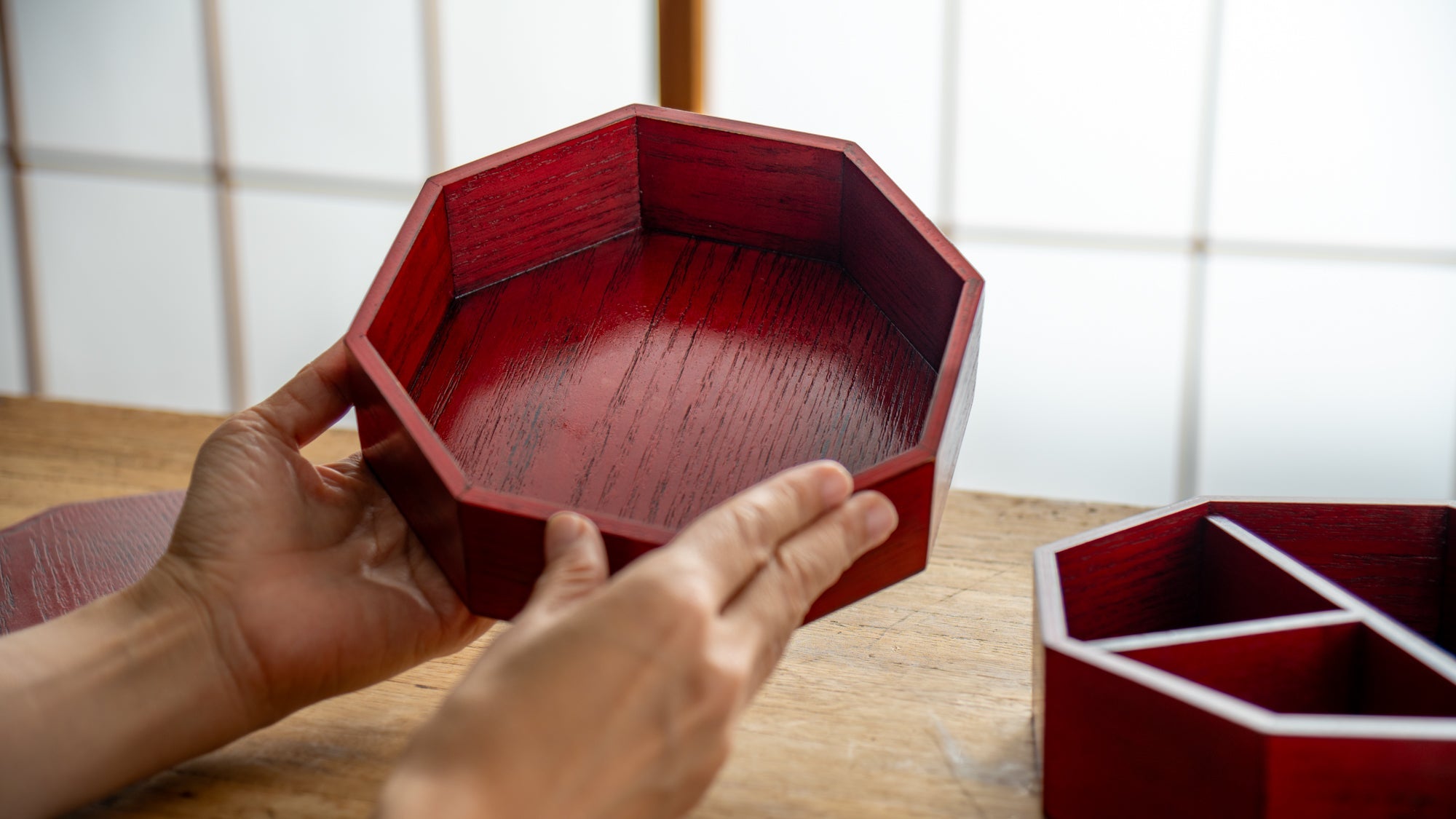

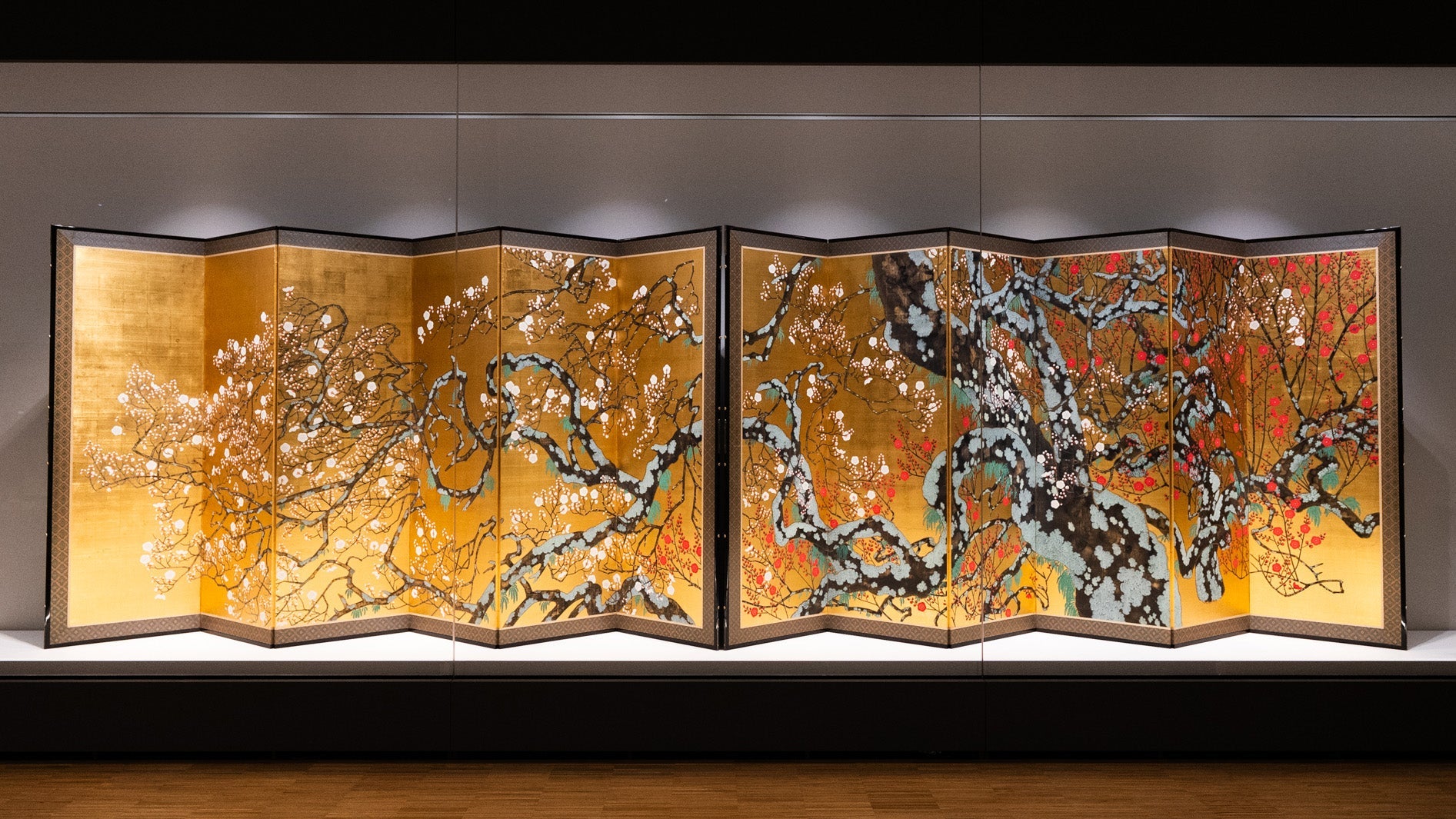
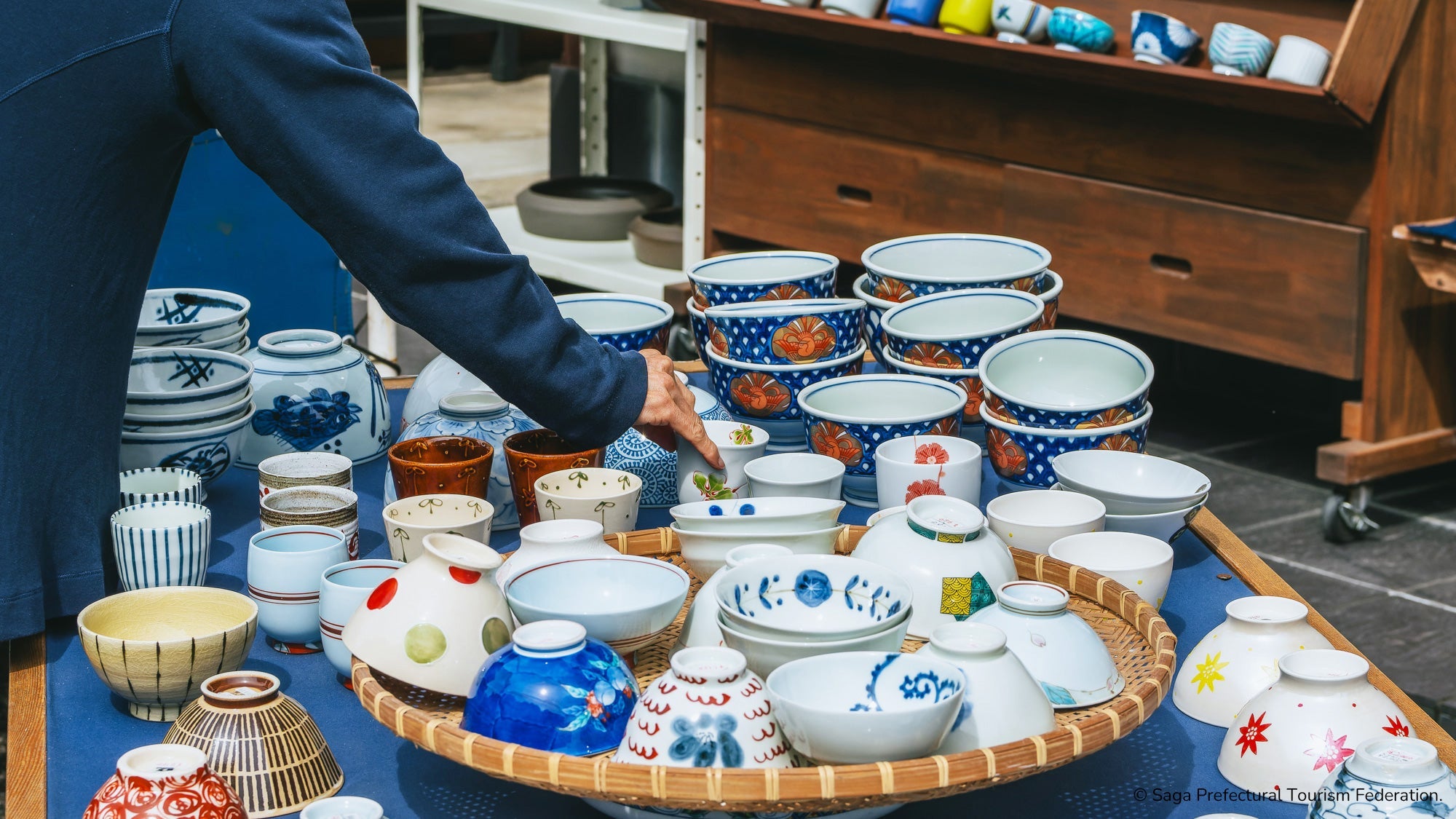
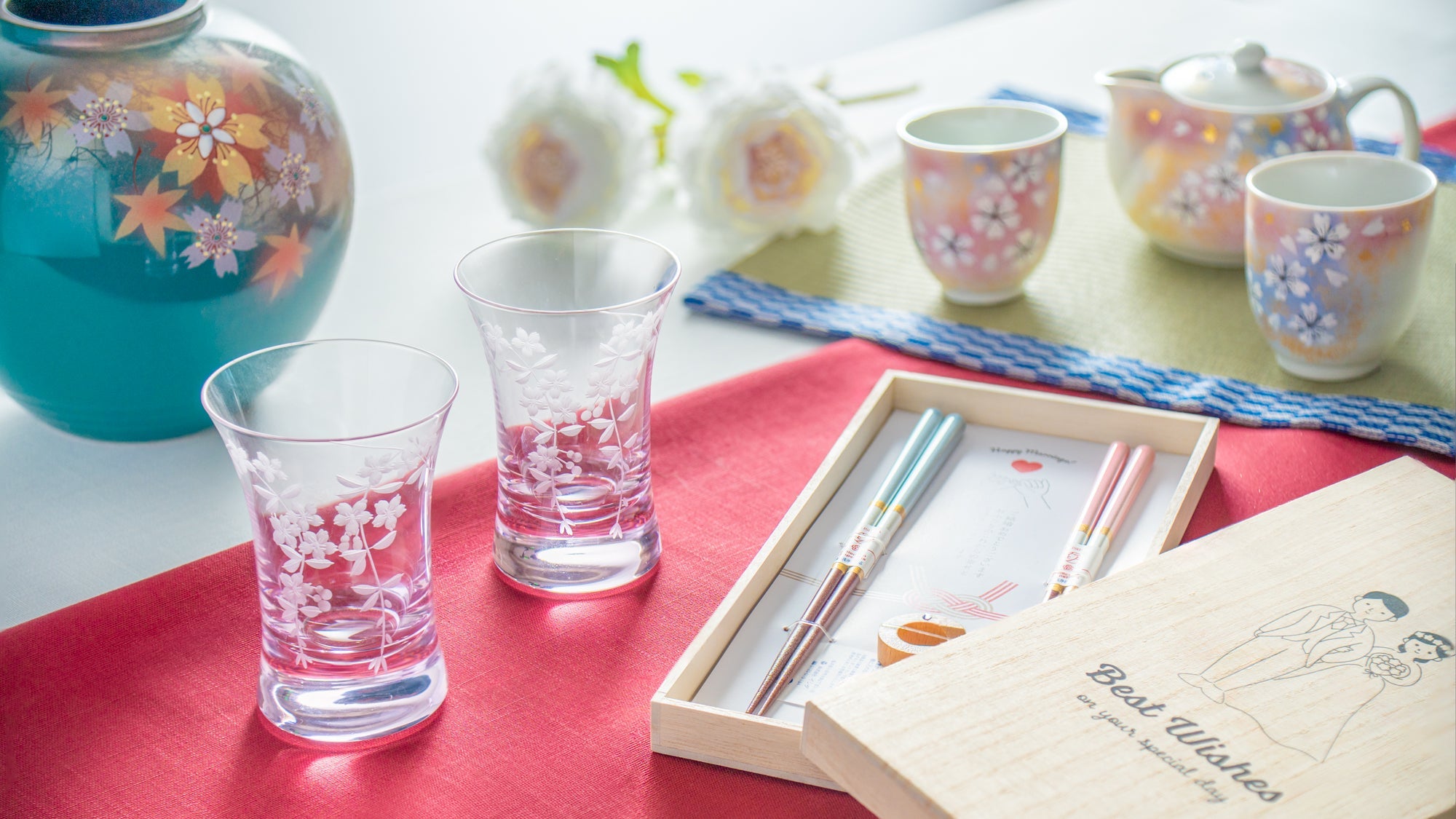
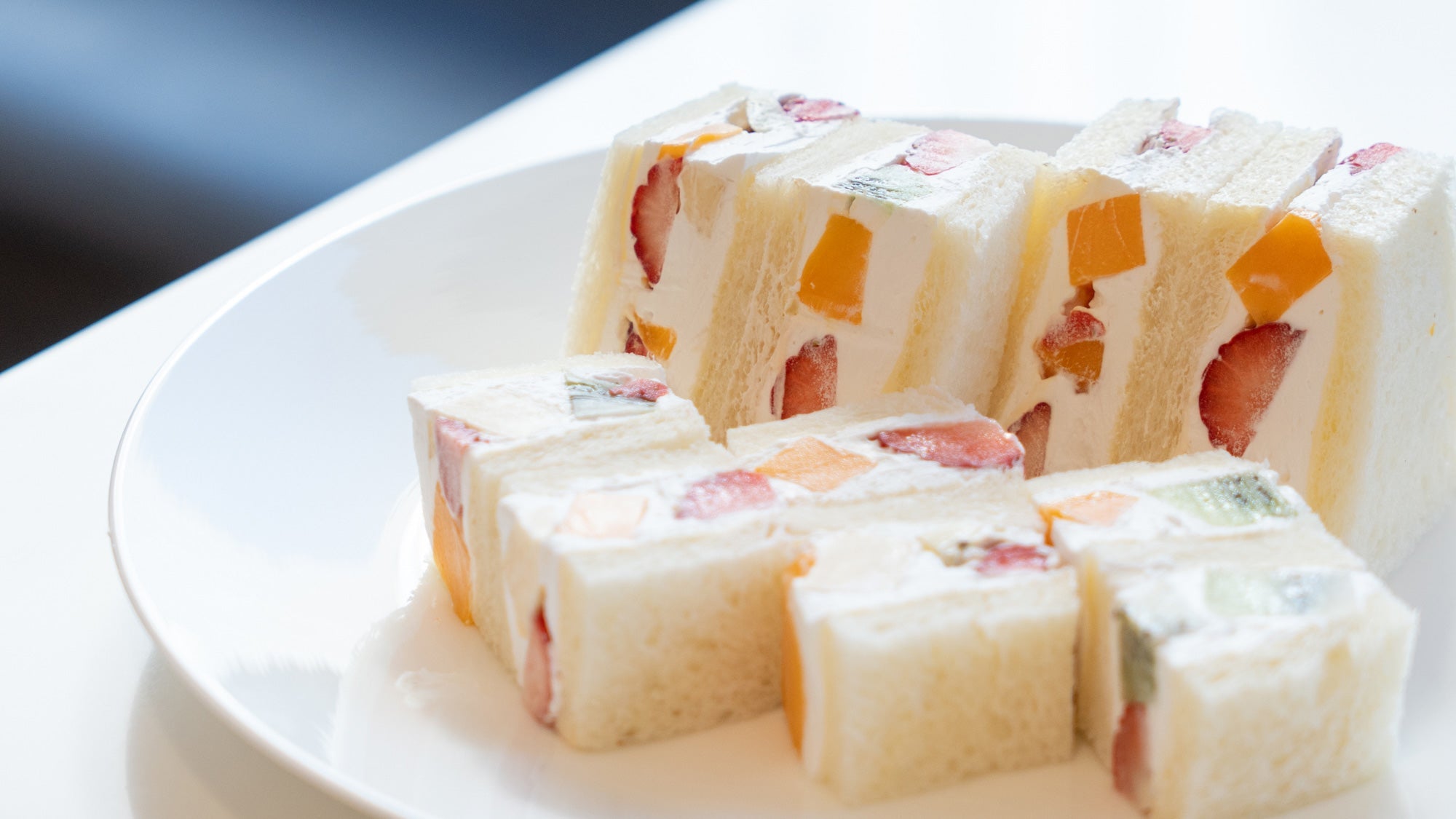

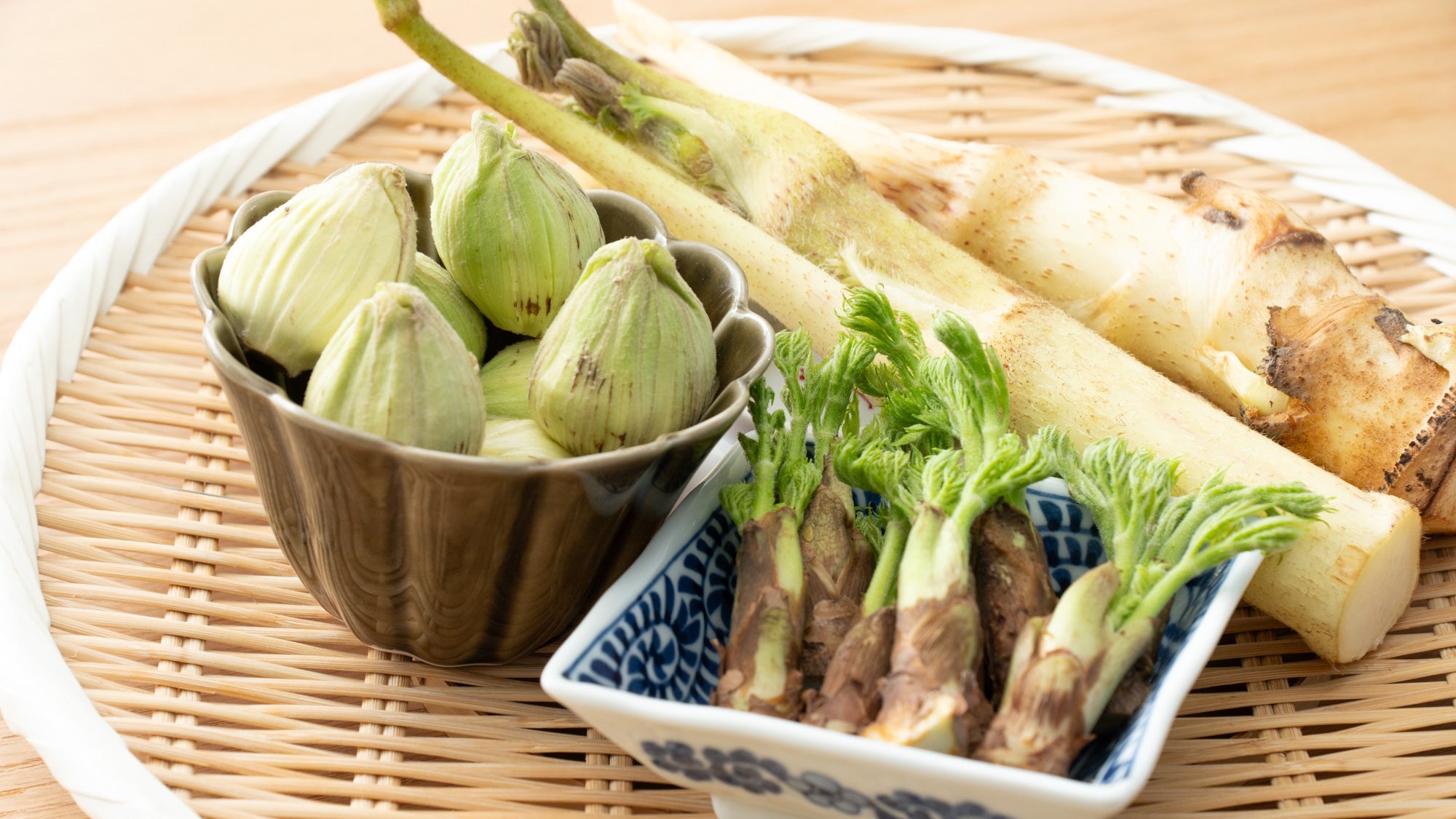

Leave a comment
This site is protected by hCaptcha and the hCaptcha Privacy Policy and Terms of Service apply.